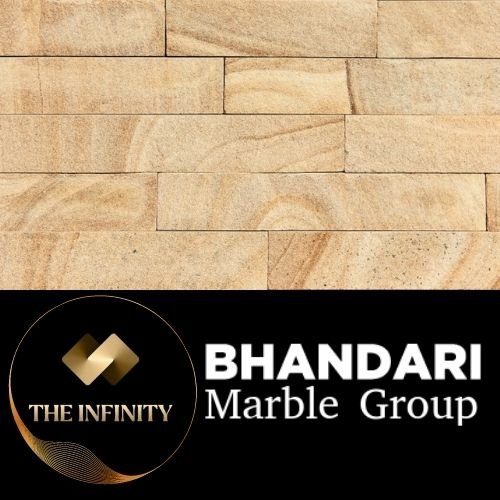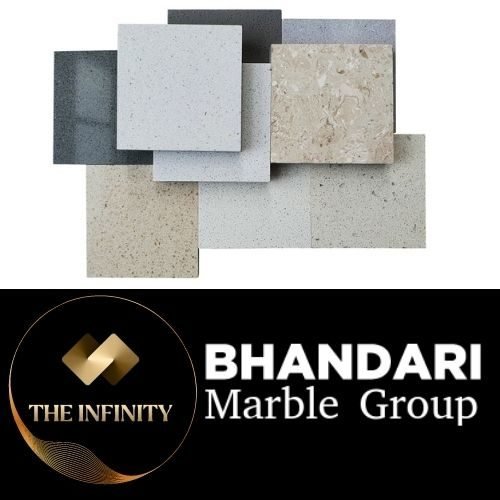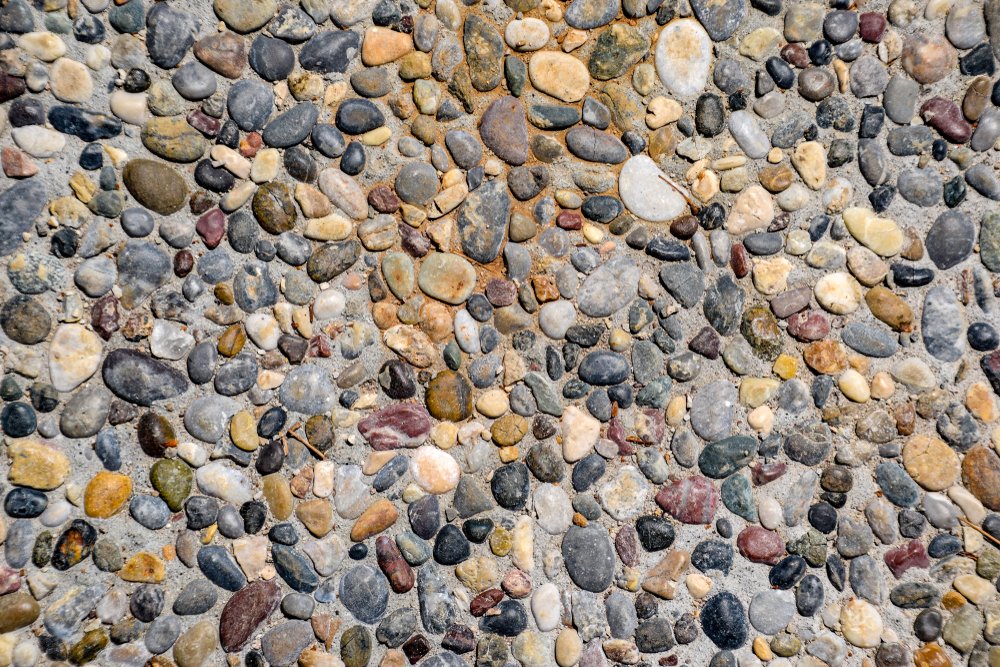
Quartzite
• Introduction
• Advantages
• Care And Maintenance
• Comparisons Between Other Natural Stones
• Types Of Quartzite
• Quartzite In Indian Market
For homeowners who love the look of marble but want the more easy-care attributes of granite in their kitchens, quartzite is a countertop material many designers advocate for in the kitchen.
Quartzite is a metamorphic rock composed almost entirely of quartz, the hardest material on earth. Basically, quartzite comes about when quartz-rich sandstone is altered by the heat, pressure, and chemical activity of metamorphism. These conditions recrystallize the sand grains and the silica cement that binds them together, making it even harder.
And while its market share is small, quartzite has its share of loyal fans. Here’s the beauty of quartzite: It has the luminosity and the beautiful softness of a marble, but it’s also then going to have the user-friendly-ness of granite, A manmade material such as quartz is not going to be “as beautiful as natural stone or have the depth of the material or the luminosity that you get with a natural stone.”
Advantages of Quartzite
Among quartzite’s positives is its strength and abrasion resistance. In fact, a blade mining other materials from the quarry may be good for 10 jobs – but for quartzite, that could be four. On the Mohs hardness scale, quartzite and quartz rate a 7 out of 10, while granite is 6 and marble is 3-4.
Another of quartzite’s strengths is its range of colors — with one exception. You’re not going to get the same degree of whiteness that you’ll get with marble because it doesn’t have calcium carbonate in it, where quartzite is about 20% of its slab portfolio. And the calcium carbonate is what makes the material subject to etching and staining.
But while kitchens when through a phase “where everything was white on white on white,” people have started to want a little bit of color in the kitchen, so it doesn’t look so sterile. Quartzite’s color variety ranges from creamy whites and neutrals to colors such as blues and greens, with prominent veining, which resulted from earthquakes and other events. “Quartzite has those possibilities of being striking.”
Care & Maintenance
Quartzite will last for years with proper cleaning and maintenance. Use a sponge or soft cloth and hot water for quick cleanups, for everyday cleaning it’s best to stick with water and dish soap. With all stones, it is best to blot spills right away to ensure acidic substances, like wine or coffee, don’t stain the surface. Use coasters under glasses and cups to minimize possible temporary water rings. Generally, hot pads are not required with most natural stone tops.
Countertop Comparisons
When choosing countertop materials, it’s helpful to compare the pros and cons of each. Quartzite countertops are similar to granite in that they are very durable and long-lasting with proper cleaning and maintenance. Resistant to heat, scratches and stains, these natural stones are ideal in kitchens and bathrooms. Engineered quartz (man-made product) shares similar properties, perhaps being slightly less stain and heat resistant but lacks the natural beauty that nature provides.
Marble is not quite as tough as granite or quartzite, but it shares a key quality: Both are made of genuine, natural stone and share dramatic veining features. Each slab will, therefore, be unique and act as a focal point in any room. Marble is more porous than Granite and Quartzite and requires a little more routine maintenance, making Granite and Quartzite the lower maintenance option.
One of the reasons we love natural stone is because it’s, well, natural. Variations in the color, texture, and pattern of stone are all part of the appeal.
But these variations can cause some confusion, too. Some people describe quartzite as bulletproof, while others report staining issues. How can that be true if they are both quartzite?
Quartzite, like any other natural material, has a range of traits. Not every quartzite deposit is the same, and understanding what creates differences between types of quartzite can make shopping much less confusing. Let’s take a little walk through geologic time and get a glimpse of how different quartzite’s are formed.
Indian Quartzite’s: Markets
Out of all the above named varieties, the most exported is of Kandla Grey, followed by Autumn Brown. Exports began about a decade ago and the main export market for quartzite is Europe, specially U:K:. In 2017 – 2018 as many as 1000 containers every month of cobblestones were being exported to the continent and another 3000 to 5000 containers of paving stones in quartzite are also exported. Thickness of the stone for the export markets tends to be 3 or 5 cm while in the local Indian market the demand is for tiles of 2 cm. The US market prefers quartzite of 2.5 to 3 cm thickness.
Contact at The Infinity by Bhandari Marble Group Premium Supplier of Natural Stone Building Materials
At Bhandari Marble Group, our showroom features a premium selection of quality natural stone and quartz products for any room in the house. Plus, our team of professionals is available to consult with you on selecting the right materials to suit your needs and design tastes. Please check out our product catalog to view our granite, quartzite, quartz and marble products, or call us to request a note. www.bhandarimarblegroup.com



